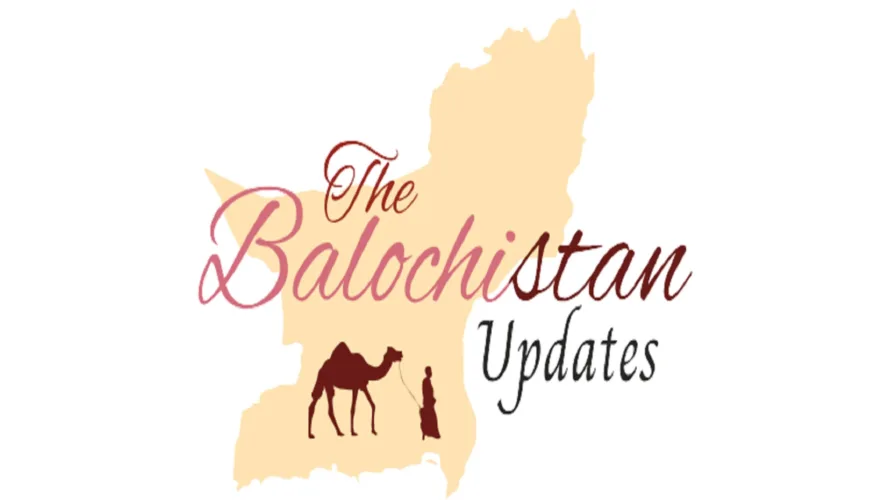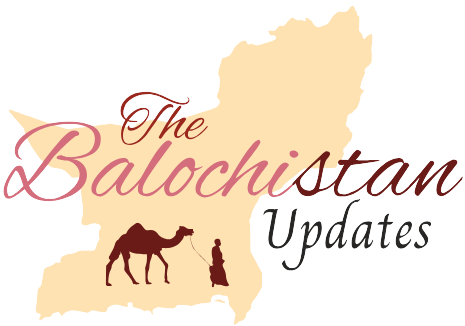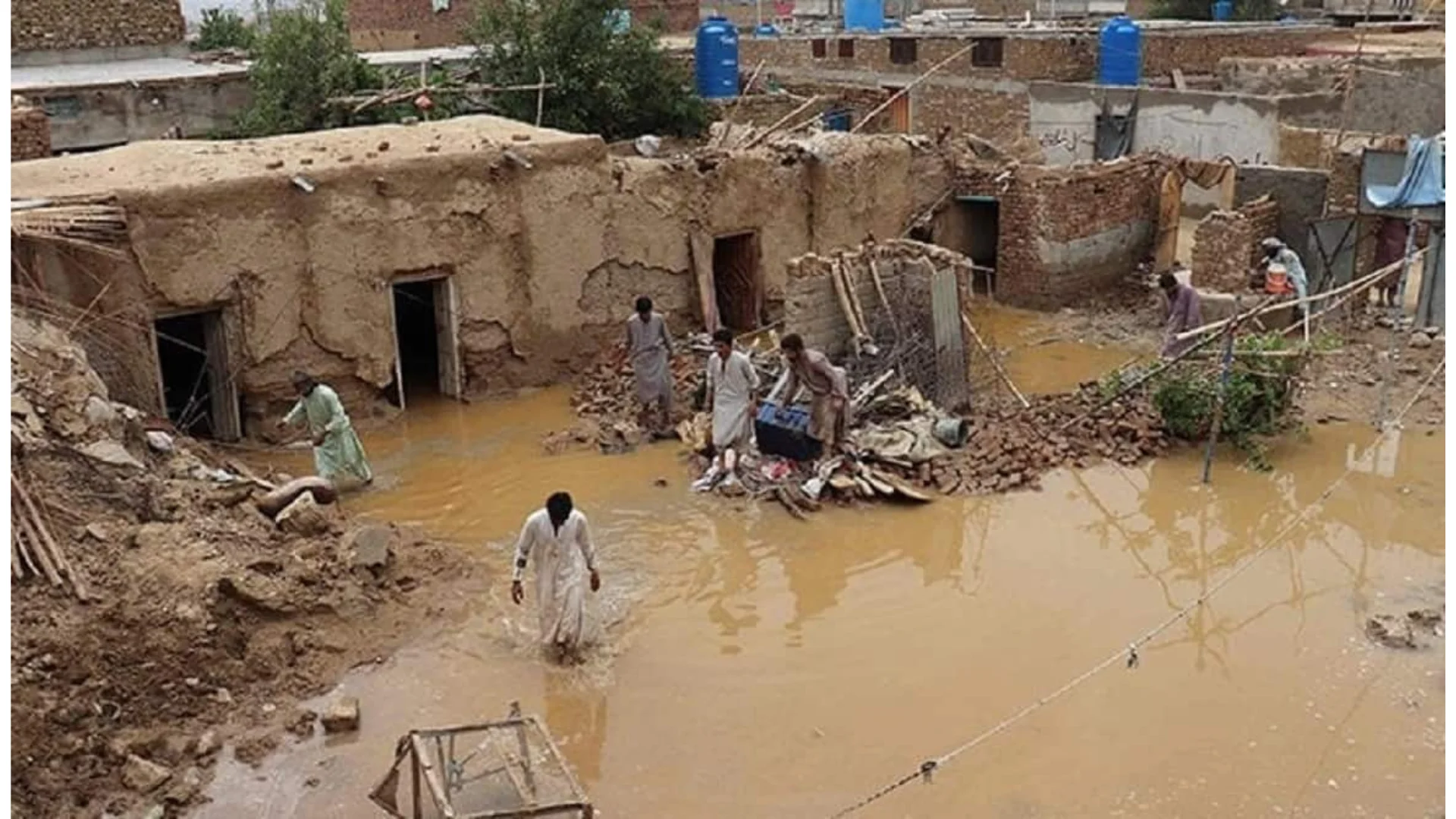Climate Change in Balochistan
Climate change continues to exert its grip on the region, and Balochistan grapples with the repercussions of untimely rains and severe cold.
Despite efforts to restore normalcy, areas such as Gwadar remain besieged by the aftermath of heavy rainfall, prompting concerns about the resilience of communities in the face of increasingly unpredictable weather patterns.
Climatic Shifts and Implications
The delayed onset of rain and snowfall this season, attributed to climatic shifts, has brought respite from the prolonged dry winter prevailing since September. These winter rains are anticipated to replenish gardens and bolster the underground water level across the province.
Impact of Climate Change:
The onset of unexpected snowfall in North Balochistan, including the capital city of Quetta, coupled with a severe cold wave following heavy rains in Makran Sarawan, has plunged daily life into disarray.
Contrary to historical weather patterns, March has witnessed a convergence of extreme weather events, challenging the resilience of communities unaccustomed to such climatic upheaval.
Cold Wave Grips Balochistan as Rain and Snowfall Subside
In the wake of receding rain and snowfall, Balochistan finds itself engulfed by a piercing cold wave, akin to the northern regions of the country. The recent precipitation, while putting an end to the dry winter, has given way to plummeting temperatures, exacerbating the chill across the province.
Temperature Extremes
Despite the cessation of torrential rain and snowfall, temperatures in Balochistan continue to plummet. In the northern regions, such as Qalat, temperatures dip as low as minus 8 before dawn and minus 5 after sunrise, while Quetta experiences temperatures around minus 5 in both morning and nighttime.
Snowfall and Freezing Temperatures:
The recent snowfall, which commenced overnight and persisted into the early morning hours, has led to the freezing of water supply lines in many parts of the affected areas.
The frigid temperatures have reached alarming lows, with Kalat recording a bone-chilling minus 7 degrees Celsius and Quetta registering minus 5 degrees Celsius, exacerbating the challenges faced by residents already grappling with the aftermath of heavy precipitation.
Regional Disruption and Cold Weather Extremes:
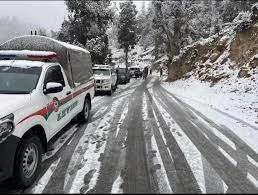
The impact of climate change extends beyond the snow-capped landscapes of North Balochistan, with areas traditionally known for their warmth and aridity, such as Dalbandin, Qila Saifullah, Qila Abdullah, Pishan, Ziarat, Chaman, and North Balochistan, experiencing uncharacteristically cold weather due to continuous rain.
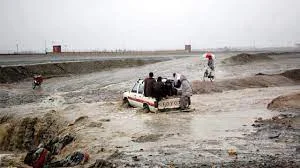
The Coastal Belt, Kohlu in Nasirabad Division, and Dera Bugti are also ensnared in the grip of the cold, underscoring the far-reaching consequences of climatic shifts.
Forecast and Regional Impact
While the immediate forecast for Quetta suggests the likelihood of further rain from the night of 5th to 6th March, regions including Kozhak Top, Lak Pass, Khanuzai, Khan Mahtzai, Qila Saifullah, Chaman, and Qila Abdullah grapple with sustained sub-zero temperatures.
In desert locales such as Chagai, Kharan, Washik, Dalbandin, Nokundi, and Nushki, temperatures plunge below zero, contrasting starkly with single-digit temperatures in the Makran Division and coastal belt.
Gwadar’s Rain Crisis
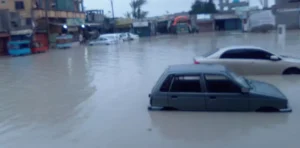
Gwadar, in particular, bears the brunt of the recent weather onslaught, having received a staggering 187 mm of rainfall over four days. While rescue operations are underway, the restoration of normal life remains elusive, highlighting the urgent need for coordinated efforts to mitigate the impact of climate change on vulnerable communities.
Unfortunate Consequences
However, the recent precipitation has not been without consequence. According to reports from the Provincial Disaster Management Authority (PDMA), casualties and infrastructural damage have been reported.
Three individuals lost their lives in Kharan and two in Barkhan due to collapsing crude house roofs. Moreover, a total of 82 houses were destroyed, with 70 in Gwadar alone, while 130 houses sustained partial damage province-wide. Additionally, four roads and a bridge were rendered impassable in the Kech district due to the inclement weather
Conclusion
As Balochistan contends with the ravages of climate change, the recent onslaught of untimely rains and severe cold serves as a stark reminder of the urgent need for proactive measures to build resilience and adapt to the changing climate.
FAQs:-
1. What is causing the untimely rains and severe cold in Balochistan?
The untimely rains and severe cold in Balochistan are attributed to the impact of climate change, which is leading to increasingly unpredictable weather patterns and extreme events.
2. How has the recent weather affected daily life in Balochistan?
The recent weather events, including snowfall in North Balochistan and a cold wave following heavy rains in Makran Sarawan, have disrupted daily life, causing challenges such as frozen water supply lines and difficulties in transportation.
3. Is the current weather unusual for March in Balochistan?
Yes, the current weather patterns are unusual for March in Balochistan, as reported by meteorologist Israr Ahmed. The convergence of extreme weather events during this time of year is atypical and indicative of the changing climate.
4. Which areas in Balochistan have been most affected by Climate Change?
Gwadar stands out as one of the most affected areas, having received a significant amount of rainfall over four days. Additionally, North Balochistan, including Quetta, has experienced snowfall, while other regions like Dalbandin and Chaman are grappling with unusually cold temperatures.
5. What measures are being taken to address the challenges posed by the current weather conditions in Balochistan?
Efforts such as rescue operations in Gwadar and monitoring by meteorologists, the challenges posed by the current weather conditions. Additionally, there is a growing recognition of the need for proactive measures to build resilience and adapt to the changing climate in the region.
